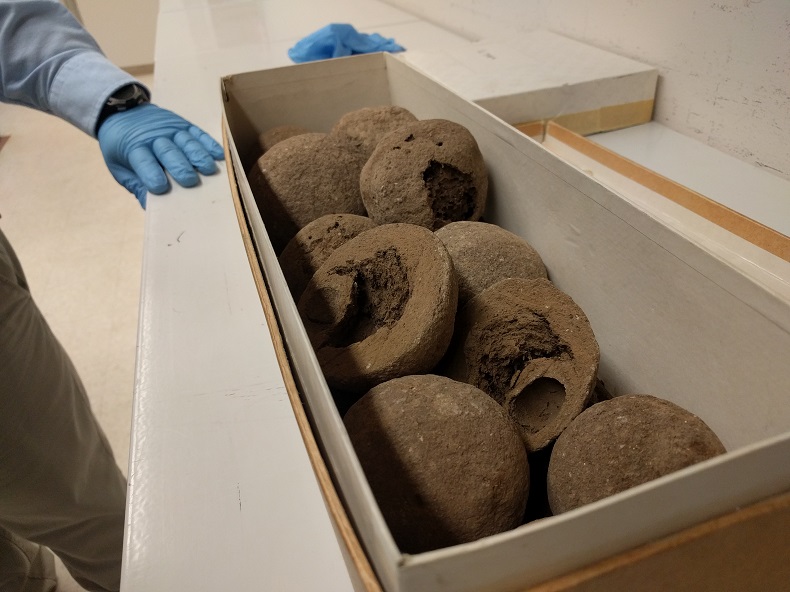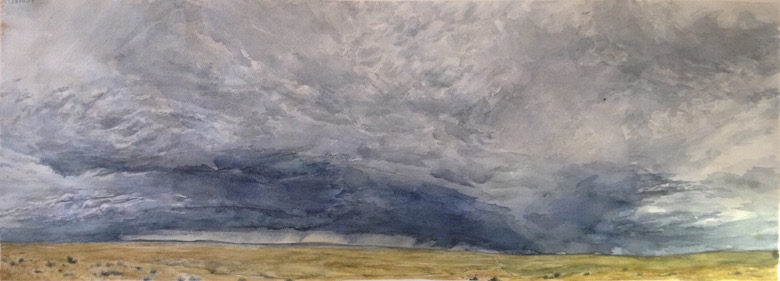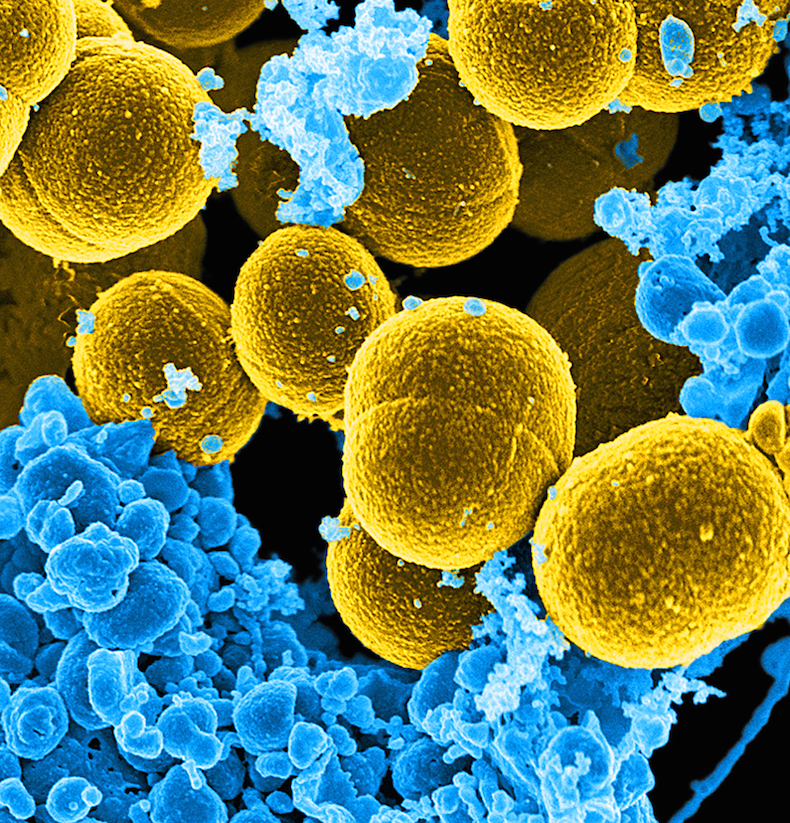March 6-10, 2017
If it feels to you as if the world is losing its collective mind, perhaps some a history lesson can clarify the current political climate – specifically, the history of the Renaissance. We may be living through another version of it, says my friend Chris.
What people are calling “de-extinction” doesn’t really reverse anything. So let’s stop doing the extincting – it’s irreversible, says Michelle.
Craig spends nights in the open air, surrounded by early Pueblo artifacts. He enjoys the cold more for the fact that he’ll one day miss it, whether this summer or even in the climate-altered winters to come.
Erik’s family history is a riot of clashing cultures and striving survivors. It’s exciting to consider that these intergenerational stories are far from over. This one continues with Erik’s son, who adds Mexico to the long list of nationalities in the Vance family.
Helen caught a rare glimpse of the back rooms in the National Museum of Natural History. She even heard the rattle of 4000-year-old scarab larvae encased in dung. They came from an Ancient Egyptian tomb and are presumably scuttling around now in some pharaoh’s afterlife.
Photo of thousand-year-old Utah cliff dwelling by Craig



 You’ve noticed the cold starting to leave. The light has been strengthening, sun lifting every day, and the wind has lost some of its bitterness. Twenty-three and a half degrees of tilt to the planet, you can feel every degree.
You’ve noticed the cold starting to leave. The light has been strengthening, sun lifting every day, and the wind has lost some of its bitterness. Twenty-three and a half degrees of tilt to the planet, you can feel every degree.


